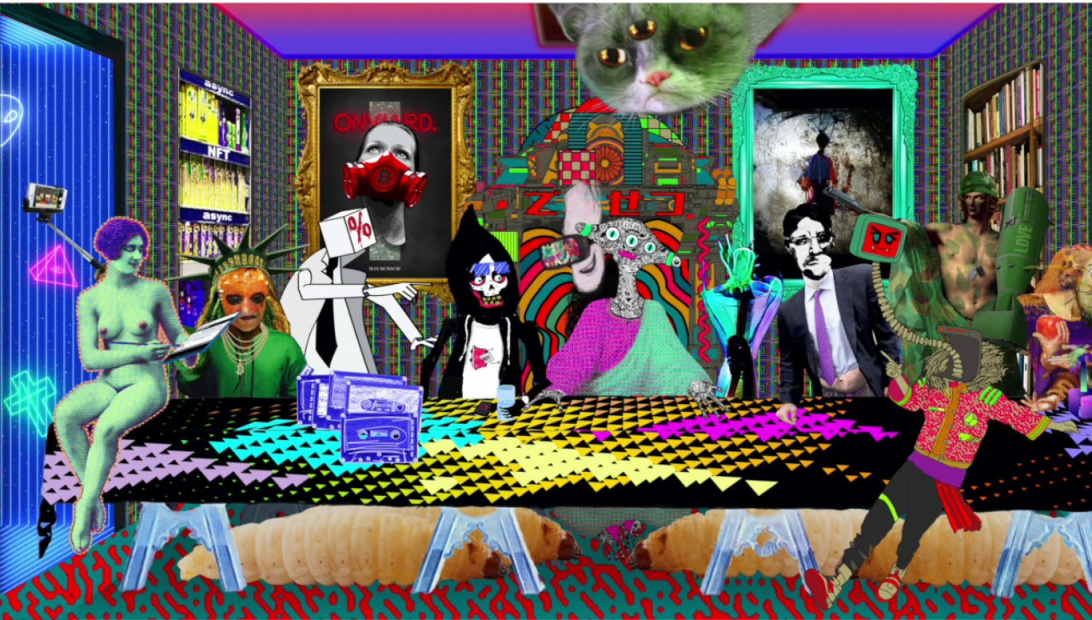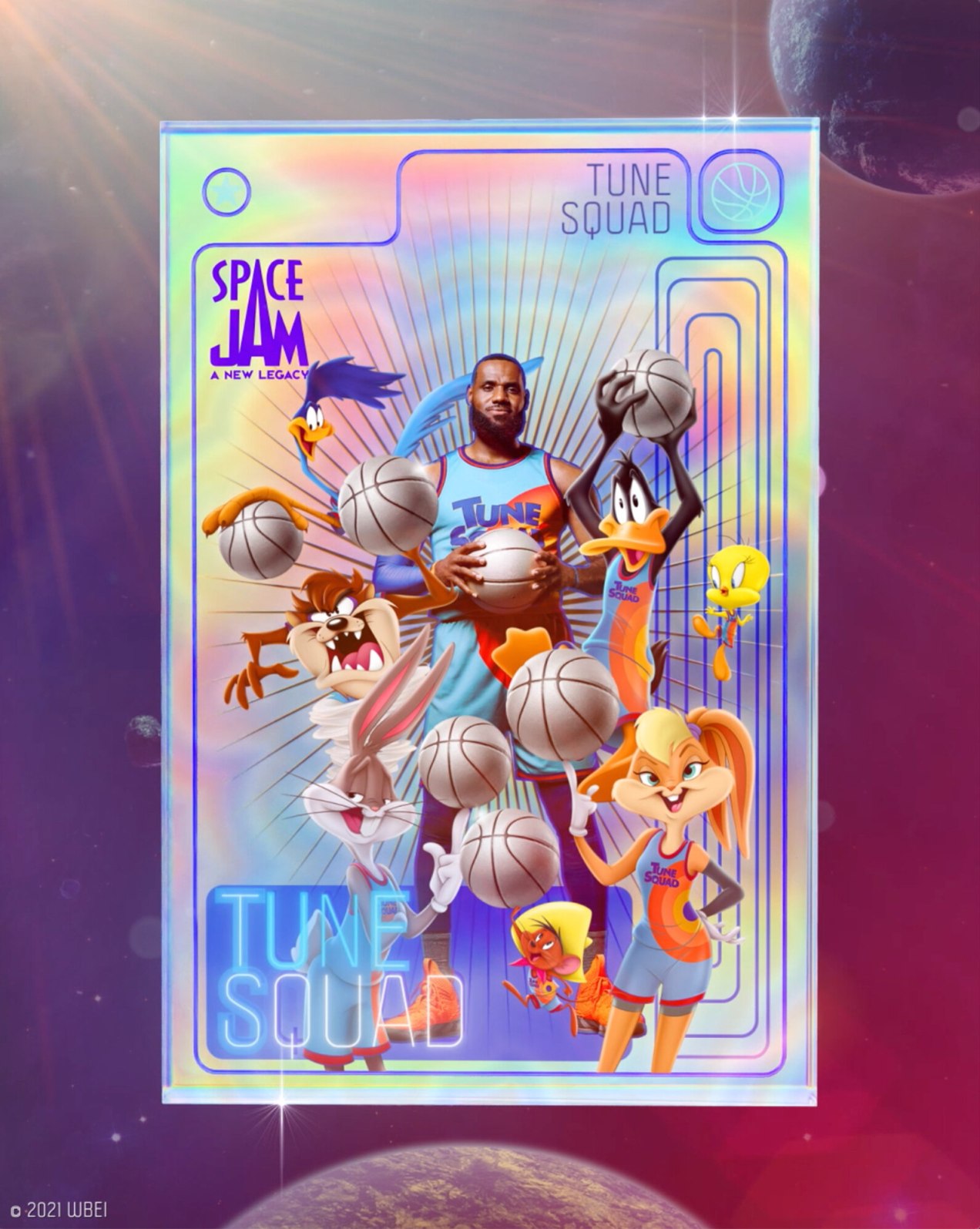NFT Art What Is It?
Introduction
Hello NFT Enthusiasts! Today, we will dive into the fascinating world of NFT art and explore what it really is. NFT, which stands for Non-Fungible Token, has taken the art world by storm, revolutionizing the way we buy, sell, and appreciate digital art. In this article, we will provide you with a comprehensive overview of NFT art, its benefits, drawbacks, and everything you need to know to fully understand this growing phenomenon. So, let’s get started!
What is NFT Art?
🎨 NFT art refers to digital artwork that is tokenized using blockchain technology, making it unique, indivisible, and easily verifiable. Unlike traditional art, which can be copied or reproduced, NFT art is one-of-a-kind and cannot be duplicated.

Image Source: blockchainfiles.org
🔒 Each NFT art piece is associated with a specific token that is stored on the blockchain, ensuring its authenticity and ownership. This token serves as a digital certificate of ownership, allowing artists to sell their work directly to collectors, bypassing intermediaries like galleries or auction houses.
🌐 NFT art can encompass various forms, including images, animations, music, videos, and even virtual reality experiences. The possibilities are endless, and artists are embracing this new medium to push the boundaries of creativity.
💰 NFT art has gained significant attention due to its potential for artists to earn substantial revenue from their creations. When an NFT art piece is sold, the artist typically receives a percentage of the sale price, even when the artwork is resold in the future.

Image Source: nyt.com
📈 As NFT art continues to gain popularity, it has sparked discussions about the future of art ownership, copyright, and the role of technology in the art market.
Who is Involved in NFT Art?
🖌️ NFT art involves various stakeholders, including artists, collectors, platforms, and blockchain networks.
🎨 Artists are at the forefront of creating NFT art, exploring new ways to express themselves digitally and monetize their work directly.
💼 Collectors play a crucial role in the NFT art market, as they purchase and own these digital assets. Collectors can be individuals or institutions who appreciate and support the artists.
🌐 Platforms such as OpenSea, Rarible, and SuperRare provide the infrastructure for artists and collectors to interact, buy, and sell NFT art. These platforms act as marketplaces, facilitating transactions and showcasing the latest artworks.
🔗 Blockchain networks like Ethereum and Flow are the underlying technologies that power NFT art. They ensure the secure storage and transfer of digital assets, as well as the transparent verification of ownership.
✨ Together, these stakeholders create a vibrant ecosystem where NFT art can thrive, connecting artists directly with collectors while revolutionizing the art market.
When Did NFT Art Emerge?
⏰ NFT art has been around since 2017 when the concept was introduced by the ERC-721 token standard on the Ethereum blockchain. However, it wasn’t until recent years that NFT art gained mainstream attention and became a cultural phenomenon.
🌐 In 2021, several high-profile NFT art sales made headlines, including Beeple’s artwork Everydays: The First 5000 Days selling for $69.3 million at Christie’s auction house. These milestones propelled NFT art into the mainstream consciousness and attracted artists, collectors, and investors alike.
🚀 Since then, NFT art has continued to grow in popularity, with artists from various backgrounds embracing this new medium and pushing the boundaries of what is possible in the digital art world.
Where Can You Find NFT Art?
🌍 NFT art can be found on various online platforms dedicated to showcasing and selling digital assets.
🖼️ OpenSea is one of the largest NFT marketplaces, offering a wide range of digital artworks across different categories.
🌟 Rarible is another popular platform that allows artists to mint and sell their NFT art directly to collectors.
🎨 SuperRare focuses on curating high-quality NFT art and emphasizes the uniqueness and scarcity of each artwork.
📱 Additionally, social media platforms like Twitter and Discord have become hubs for NFT art communities, allowing artists and collectors to connect, discover new artwork, and engage in discussions.
🌐 NFT art can be accessed from anywhere in the world, providing a global platform for artists to showcase their creations and collectors to explore a vast array of digital art.
Why is NFT Art Trending?
📈 NFT art has become a trending topic due to several key factors:
1️⃣ Digital Revolution: NFT art represents the convergence of art and technology, appealing to a new generation of digital natives who value authenticity, ownership, and unique experiences.
2️⃣ Revenue Potential: NFT art offers artists the opportunity to monetize their work directly, without the need for intermediaries. This potential for significant earnings has attracted many artists to explore NFT art.
3️⃣ Scarcity and Exclusivity: NFT art leverages blockchain technology to create scarcity and exclusivity, making each artwork unique and valuable. Collectors are drawn to the idea of owning a one-of-a-kind piece in the digital realm.
4️⃣ Crypto Community: NFT art has gained traction within the crypto community, with early adopters and enthusiasts embracing this new form of digital ownership and supporting artists.
5️⃣ Cultural Significance: NFT art has captivated mainstream attention, sparking debates and discussions about the future of art, technology’s role in creativity, and the democratization of the art market.
How Does NFT Art Work?
🔒 NFT art operates on blockchain technology, which ensures the secure and transparent transfer of digital assets.
1️⃣ Tokenization: Artists create digital artwork and tokenize it by linking it to a unique token on the blockchain. This token serves as proof of ownership and authenticity.
2️⃣ Minting: Artists mint their NFT art pieces on specific platforms, generating a unique token that represents the artwork and its ownership.
3️⃣ Smart Contracts: Smart contracts, powered by blockchain technology, enable the automatic execution of transactions and ensure that artists receive royalties from secondary sales.
4️⃣ Buying and Selling: Collectors can browse NFT art marketplaces, place bids, or buy artwork directly from artists. Transactions are recorded on the blockchain, providing a transparent history of ownership.
5️⃣ Storing and Displaying: NFT art is stored in digital wallets, which can be accessed through various platforms and devices. Collectors can display their artwork in virtual galleries or showcase it on social media.
Advantages and Disadvantages of NFT Art
Advantages:
1. 🌟 Increased Revenue for Artists: NFT art allows artists to earn more from their creations, benefiting directly from sales and potential royalties.
2. 💻 Global Reach: NFT art provides a borderless platform for artists to showcase their work and reach a global audience.
3. 🖼️ Enhanced Ownership and Authenticity: Blockchain technology ensures the uniqueness and provenance of NFT art, giving collectors peace of mind.
4. 📈 Potential Investment Opportunities: Collectors can invest in NFT art, with the possibility of future appreciation and resale value.
5. 🌐 Democratization of the Art Market: NFT art breaks down barriers, allowing artists from diverse backgrounds to gain recognition and monetize their talent.
Disadvantages:
1. 💰 Volatility and Speculation: The NFT market can be volatile, with prices fluctuating drastically and speculative buying and selling.
2. 🖼️ Copying and Plagiarism Concerns: NFT art can still be copied or reproduced outside of the blockchain, raising concerns about intellectual property rights.
3. 💻 Environmental Impact: The energy consumption associated with blockchain technology, particularly in proof-of-work systems, has raised concerns about its carbon footprint.
4. 🌍 Inequality in Access: The high transaction fees and costs associated with minting NFT art may limit access for artists and collectors from lower-income backgrounds.
5. 🔍 Lack of Regulation: The NFT art market is currently unregulated, which can lead to fraudulent activities and scams.
Frequently Asked Questions (FAQ)
Q1: Can I sell my physical artwork as an NFT?
A1: Yes, you can tokenize your physical artwork and sell it as an NFT. This process involves creating a digital representation of your artwork and linking it to an NFT on the blockchain.
Q2: Can I display my NFT art in a physical gallery?
A2: While NFT art exists in the digital realm, it is possible to display it in physical galleries using screens or projectors. This allows for a unique fusion of the digital and physical art worlds.
Q3: Are there any copyright concerns with NFT art?
A3: Copyright concerns still exist in the NFT art space, as digital artwork can be copied or reproduced outside of the blockchain. However, blockchain technology provides a transparent history of ownership, which can help in addressing these concerns.
Q4: Can I buy NFT art with cryptocurrency other than Ethereum?
A4: While Ethereum is the most commonly used blockchain for NFT art, some platforms support other cryptocurrencies like Flow or Binance Smart Chain.
Q5: Can I resell NFT art?
A5: Yes, one of the advantages of NFT art is that it can be resold on secondary markets. Artists can receive royalties from these secondary sales, ensuring continued revenue.
Conclusion
In conclusion, NFT art has revolutionized the art world, providing new opportunities for artists, collectors, and enthusiasts. It represents the fusion of art and technology, offering unique digital creations that can be bought, sold, and owned securely on the blockchain. While NFT art brings numerous advantages, such as increased revenue for artists and enhanced ownership, it also comes with its own challenges and concerns. As the NFT art market continues to evolve, it is crucial for artists, collectors, and platforms to address these issues and ensure the sustainable growth of this exciting new art form. So, whether you’re an artist looking to explore NFT art or a collector seeking unique digital assets, the world of NFT art awaits your discovery!
Final Remarks
Disclaimer: The information provided in this article is for educational purposes only and should not be considered financial or investment advice. The NFT art market is highly volatile, and individuals should conduct their own research and exercise caution when participating in buying, selling, or investing in NFT art. Additionally, the environmental impact of blockchain technology is an ongoing concern, and efforts are being made to explore more sustainable alternatives. Remember to always stay informed and make informed decisions in the evolving world of NFT art.